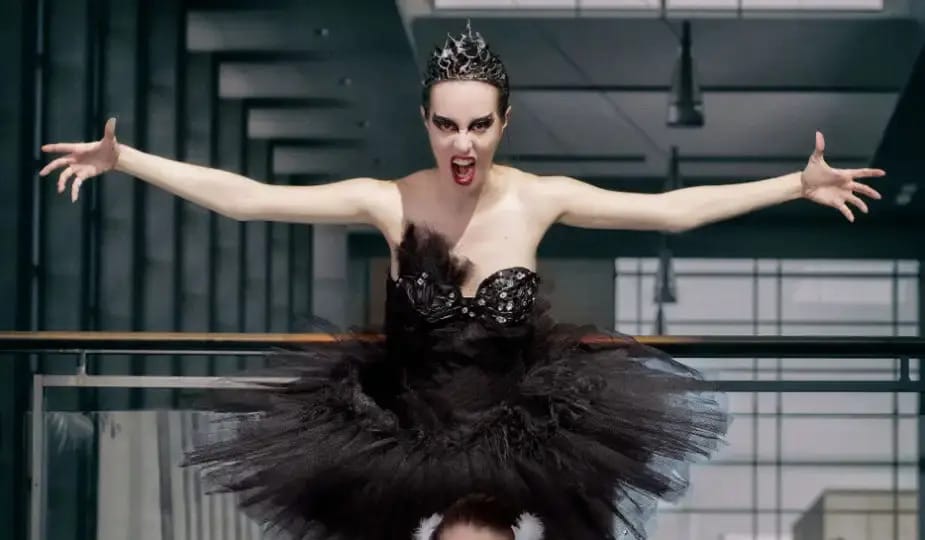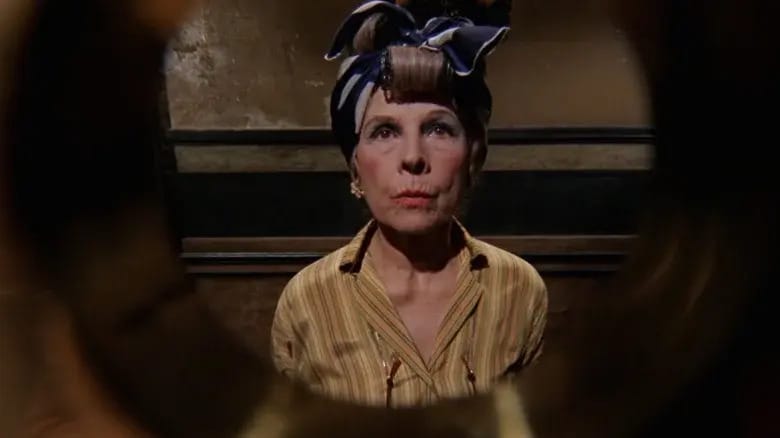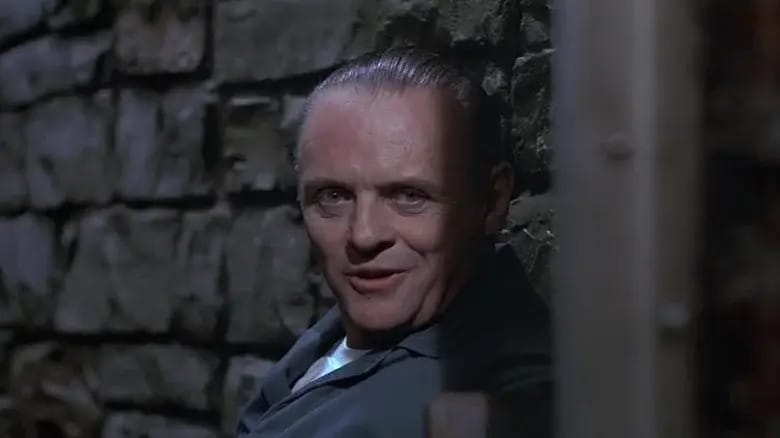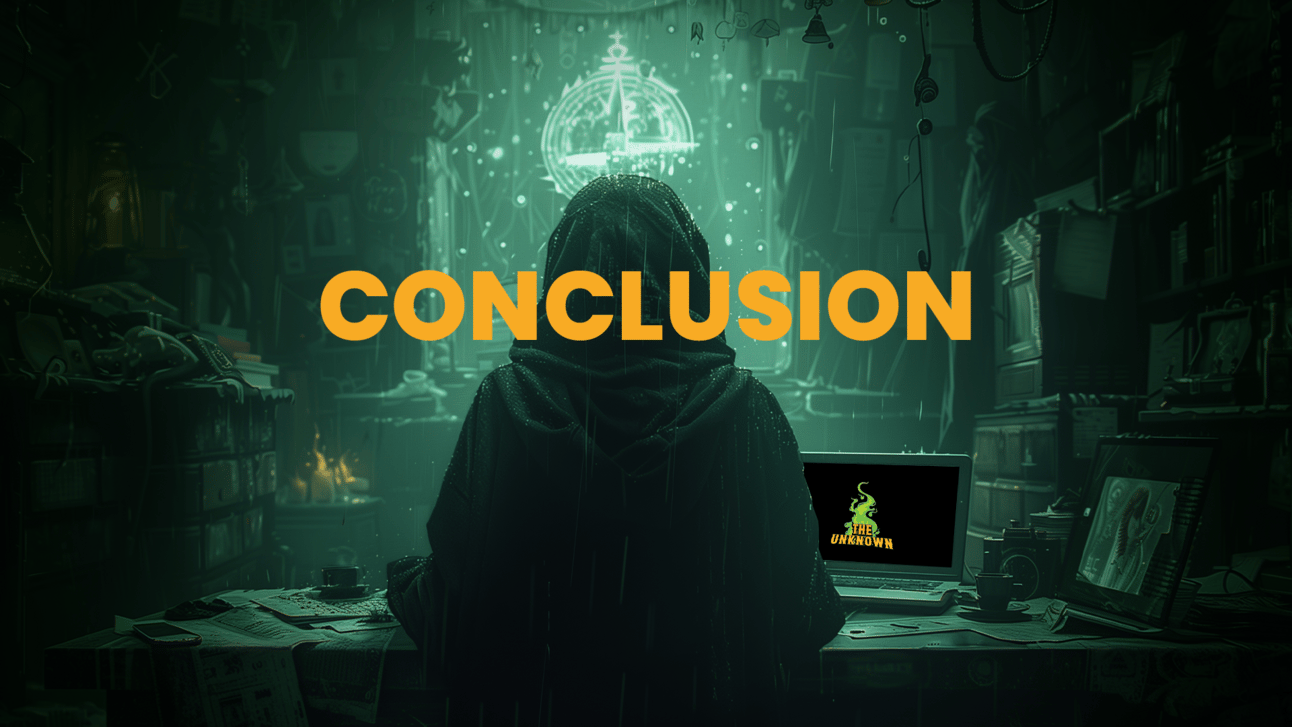- The Unknown
- Posts
- From Jekyll to Black Swan: Oscar-Winning Horror Performances
From Jekyll to Black Swan: Oscar-Winning Horror Performances
Exploring the Intersection of Fear and Prestige

Horror movies have a unique power to evoke intense emotions and leave lasting impressions. Despite their undeniable impact, these films often remain underappreciated by prestigious award bodies like the Academy Awards. In this article, we'll dive into how horror performances have broken through these historical barriers and the evolution of horror in cinema, as discussed in the enlightening podcast episode from IF Newsletter titled "Oscars for Horror Performances."
The Early Days: Setting the Precedent
Frederic March in Dr. Jekyll and Mr. Hyde (1931)
The journey begins way back in 1931 with Frederic March's groundbreaking performance in "Dr. Jekyll and Mr. Hyde." In a time when the Academy Awards were still in their infancy, March took home the Oscar for his dual role, setting an important precedent for horror in cinema. This classic tale of duality—capturing the respectable Dr. Jekyll and his monstrous alter ego, Mr. Hyde—was groundbreaking not just for its storyline but also for March's nuanced performance.
As highlighted by Mia in the podcast, the transformation March undertakes isn't purely reliant on the dramatic makeup of the time. His portrayal allowed audiences to see the internal struggle, making the terrifying emergence of Mr. Hyde all the more visceral.

A Psychological Turn: 1960s and 70s Horror
Ruth Gordon in Rosemary's Baby (1968)
Jumping ahead to the late 60s, "Rosemary’s Baby" marks a notable shift in the horror genre. Ruth Gordon’s Oscar-winning performance as Minnie Castevet in the 1968 classic lent the horror genre a psychological and nuanced bent. No longer were audiences only terrified by creatures; now the descent into paranoia and the fear of the unknown took center stage.
Damion noted how Gordon managed to portray a character that was both charming and terrifying, weaving fear into the mundane. Her subtle manipulations and the underlying menace of her character horrified audiences in a way that felt deeply personal and real, suggesting that horror could feature complex, Oscar-worthy performances.

From Gore to Psychological Terror: The 1980s and 90s
Kathy Bates in Misery (1990)
The 1990s introduced Kathy Bates’s unforgettable portrayal of Annie Wilkes in "Misery". Bates, who won the Oscar for her role, depicted an obsessive fan who holds her favorite author captive, propelling Stephen King's story into a frightening reality. As Mia observed, Bates's portrayal wasn’t about gore but psychological terror—the fear of an ordinary person becoming completely unhinged.
Her ability to alternate between sweet caregiver and violent captor made Annie Wilkes an iconic character, reflecting a shift in the genre towards deeply psychological horror over sheer physical fright. The tension and unpredictability Bates brought to her role demonstrated how horror can explore dark, disturbing facets of human nature.

The Silence of the Lambs: A Turning Point
A year later, in 1991, "The Silence of the Lambs" became a landmark film for horror, winning Oscars for both Anthony Hopkins and Jodie Foster. Both actors brought a profound depth to their roles, seamlessly blending psychological horror with a thriller format. Hopkins’s portrayal of Hannibal Lecter—despite being on screen for only 16 minutes—left an indelible mark on audiences and critics alike.

Jodie Foster’s role as Clarice Starling added another layer to the genre. Damion aptly points out that her performance involved engaging with Lecter and confronting her own fears. This dynamic between the characters enriched the narrative, proving that horror could indeed reach the heights of cinematic excellence.

Horror in the Modern Era: Continued Excellence
Natalie Portman in Black Swan (2011)
The evolution of horror took another significant turn with Natalie Portman's Oscar-winning role in "Black Swan" (2011). Playing Nina Sayers, a ballerina losing her grip on reality, Portman’s performance blurred the lines between psychological horror and drama. As Mia highlighted, the film’s use of visual distortions and reflections created a disorienting atmosphere, echoing Nina’s descending madness.
Portman’s embodiment of obsession and vulnerability illustrated how horror could explore themes of internal conflict and mental strain, rather than relying on outwardly monstrous threats. Her portrayal captivated audiences, leaving them questioning the very nature of reality and sanity.


The Future of Horror at the Oscars
Breaking Barriers and Gaining Recognition
As we’ve seen, horror performances that receive Oscar recognition often push boundaries and redefine what the genre can achieve. From March’s early achievements to the layered performances of Gordon, Bates, Hopkins, Foster, and Portman, each has contributed to the shifting perception of horror within the Academy.
With contemporary performances like Demi Moore’s highly lauded role in "The Substance," there is hope that the Academy will continue to embrace the horror genre. As Mia and Damion concluded, these performers and films show that horror can be both intensely entertaining and profoundly reflective, encouraging the Academy to acknowledge the genre’s merit.
In the end, horror's ability to evoke deep emotional responses, dissect societal fears, and challenge our perceptions makes it a genre deserving of recognition. Future Oscar seasons hold promise for more spine-tingling performances to get their due in the spotlight. Until then, one thing is clear: horror isn’t just about scaring us—it’s about making us think, feel, and remember long after the credits roll.